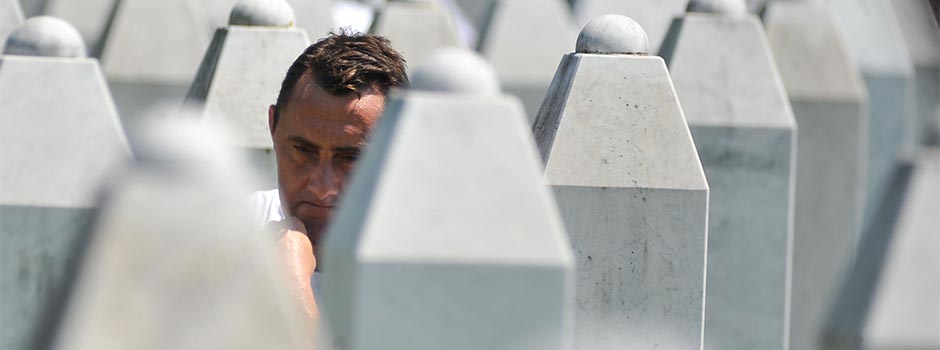
PHOTOGRAPHY Photographs ‘Silence of a White Gravestone’ by Husein Sljivo
Jul 12, 2018 Photography
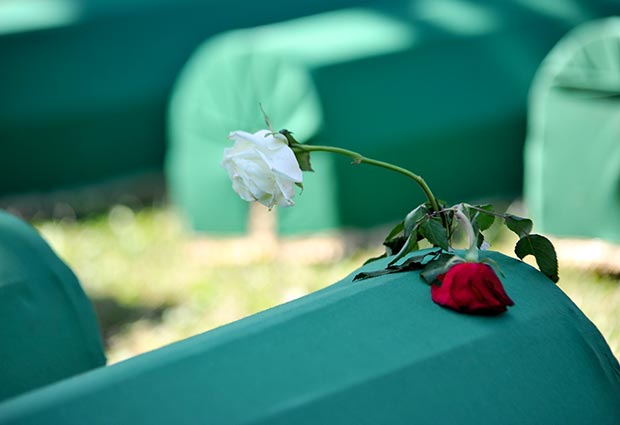 Husein Šljivo, 'Silence of a White Gravestone', Srebrenica / © Husein Šljivo
Husein Šljivo, 'Silence of a White Gravestone', Srebrenica / © Husein Šljivo
On July 11, 1995, and a few days later, over eight thousand Bosniak-Muslim civilians were killed in Srebrenica and its surroundings. This crime of genocide was also declared the largest crime on the European soil after the Second World War. Every July 11, since 1996, in Srebrenica, the bodies of victims have been buried in a separate cemetery, near the city, where a special commemorative complex was built, including a museum dedicated to this crime. And every July 11, at this place, tens of thousands of people gather to honour the victims.
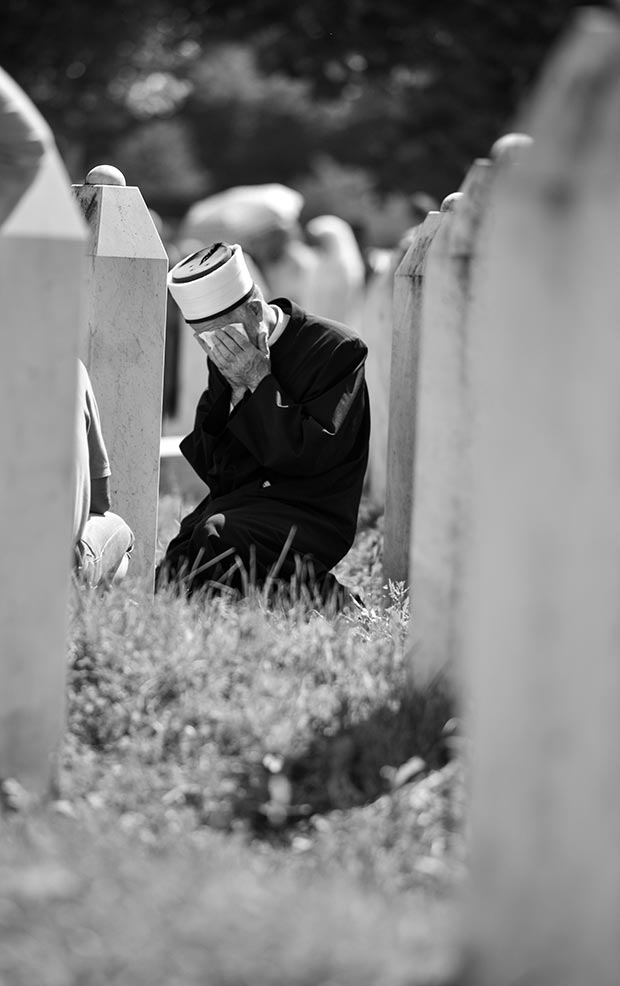 Husein Šljivo, 'Silence of a White Gravestone', Srebrenica / © Husein Šljivo
Husein Šljivo, 'Silence of a White Gravestone', Srebrenica / © Husein Šljivo
A particularly emotional moment occurs after the prayer when the families of the victims gather. That is the most difficult and emotional moment, the culmination of the consequences of the crime, the moment that breaks hearts and leads to thinking about the nonsense of the crime and the greatness and dignity of the victims; it is the moment that leads to the thought of the nobility of those who are saying goodbye to their loved ones and the killers who, through their crime, destroyed their humanity.
The Bosnian photographer Husein Å ljivo dedicated his photographic cycle to this specific topic, that strongly presents the last moments of saying goodbye to the victims, moments of pain, recollection and memories of a crime that will never be forgotten. In his photographs, the members of families of genocide victims, but also all others who came to give tribute, are people of dignity and courage, people dedicated to faith and patience.
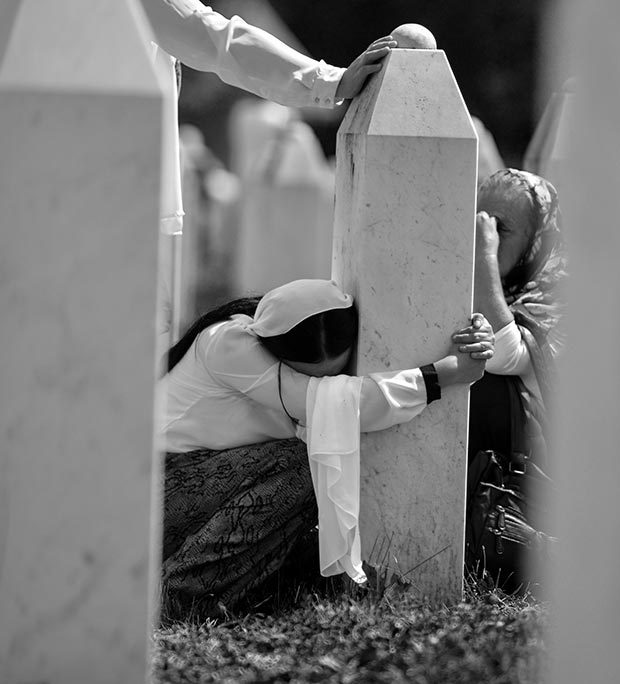 Husein Šljivo, 'Silence of a White Gravestone', Srebrenica / © Husein Šljivo
Husein Šljivo, 'Silence of a White Gravestone', Srebrenica / © Husein Šljivo
 Husein Šljivo, 'Silence of a White Gravestone', Srebrenica / © Husein Šljivo
Husein Šljivo, 'Silence of a White Gravestone', Srebrenica / © Husein Šljivo
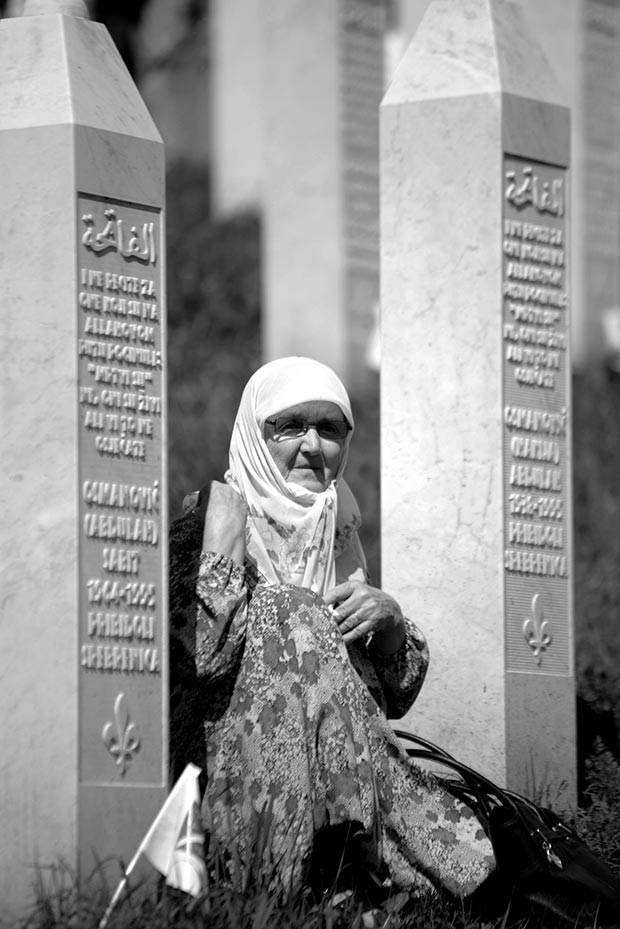 Husein Šljivo, 'Silence of a White Gravestone', Srebrenica / © Husein Šljivo
Husein Šljivo, 'Silence of a White Gravestone', Srebrenica / © Husein Šljivo
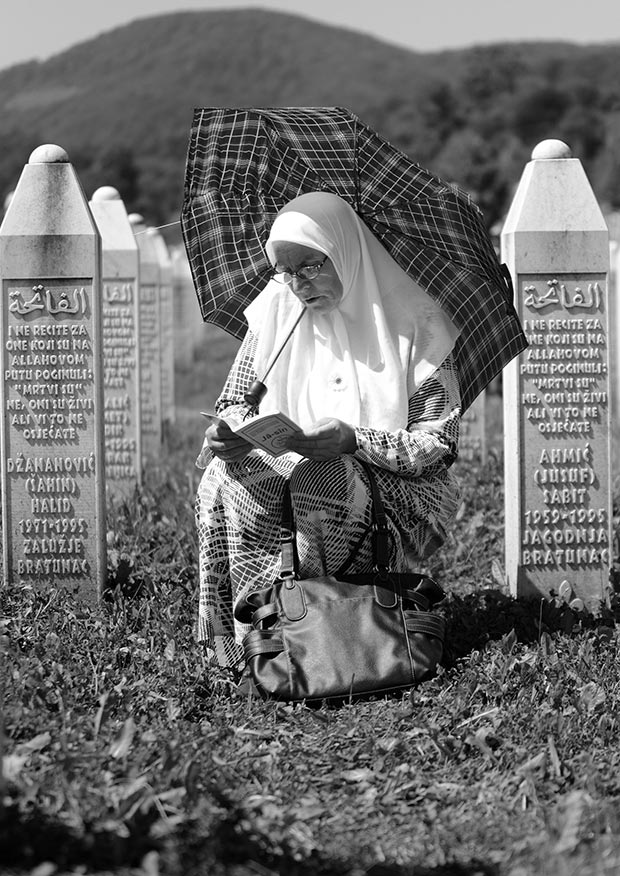 Husein Šljivo, 'Silence of a White Gravestone', Srebrenica / © Husein Šljivo
Husein Šljivo, 'Silence of a White Gravestone', Srebrenica / © Husein Šljivo
For this reason, the "frozen" moments in the photographs by Husein Å ljivo, becomes a documentary and aesthetic monument of testimony to the crime and tribulation. The author himself, describing his work, says: " White gravestones, weeping, pain and memory, leave an indelible trace of horror that penetrates all the way to the bones. The observer's point of view is to ask how anyone can survive the loss of their family in such an evil circumstance. Nevertheless, as a strong contrast to this evil, I had the opportunity to see such kindness of mothers, women and children of Srebrenica, and the dignity in a way they deal with their loss. Their decision to abandon hatred and revenge is the power of the mind that left me speechless. The pain of surviving the war in Bosnia will never disappear, and everything left to the mothers, the women and the children of Srebrenica is just the silence of the white gravestones."
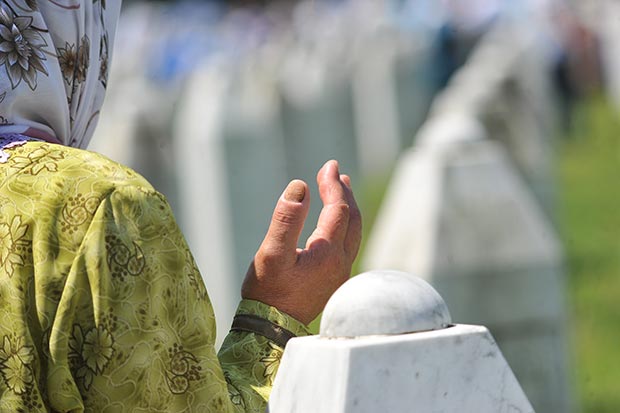 Husein Šljivo, 'Silence of a White Gravestone', Srebrenica / © Husein Šljivo
Husein Šljivo, 'Silence of a White Gravestone', Srebrenica / © Husein Šljivo
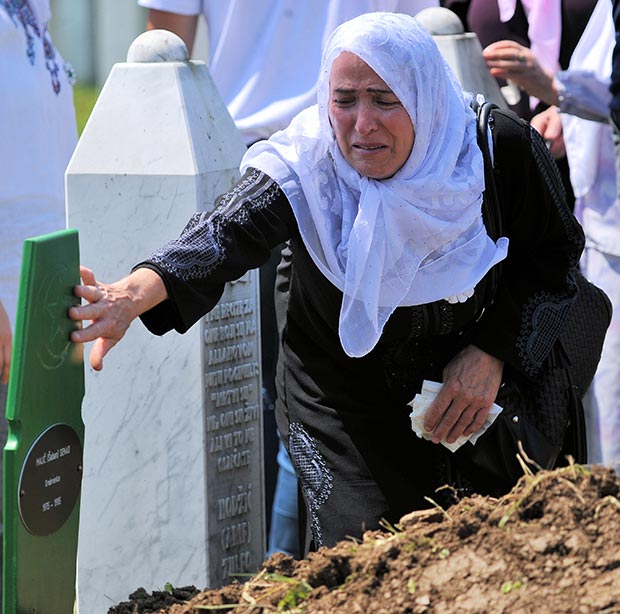 Husein Šljivo, 'Silence of a White Gravestone', Srebrenica / © Husein Šljivo
Husein Šljivo, 'Silence of a White Gravestone', Srebrenica / © Husein Šljivo
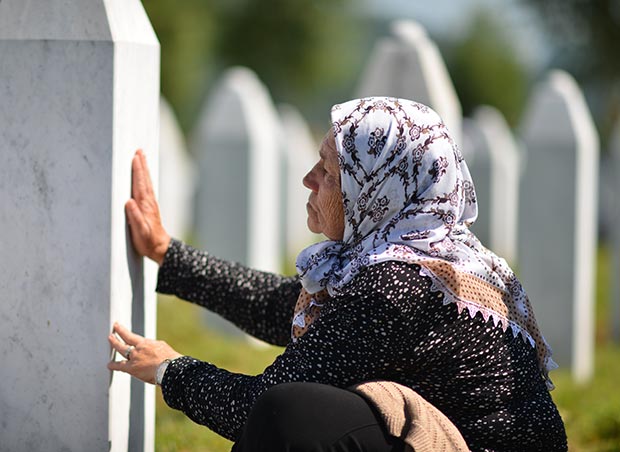 Husein Šljivo, 'Silence of a White Gravestone', Srebrenica / © Husein Šljivo
Husein Šljivo, 'Silence of a White Gravestone', Srebrenica / © Husein Šljivo
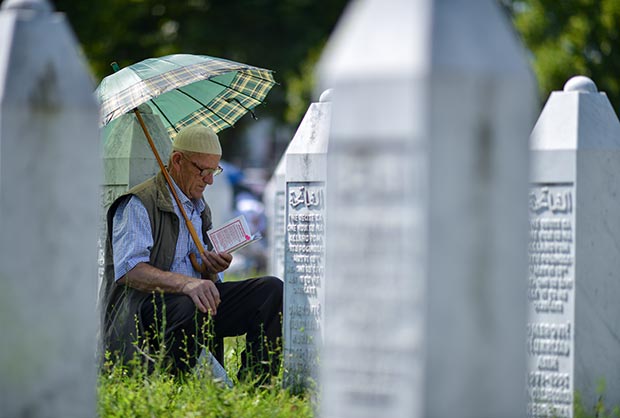 Husein Šljivo, 'Silence of a White Gravestone', Srebrenica / © Husein Šljivo
Husein Šljivo, 'Silence of a White Gravestone', Srebrenica / © Husein Šljivo
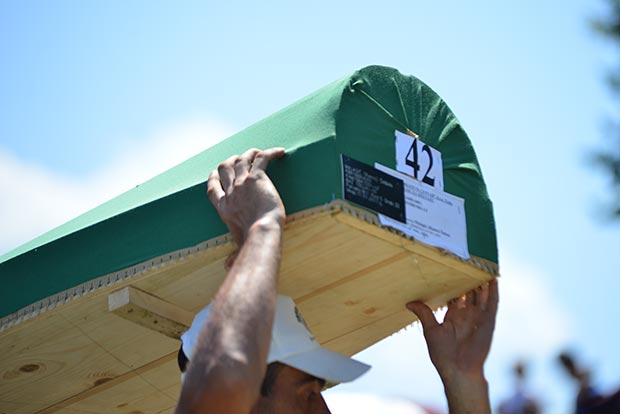 Husein Šljivo, 'Silence of a White Gravestone', Srebrenica / © Husein Šljivo
Husein Šljivo, 'Silence of a White Gravestone', Srebrenica / © Husein Šljivo
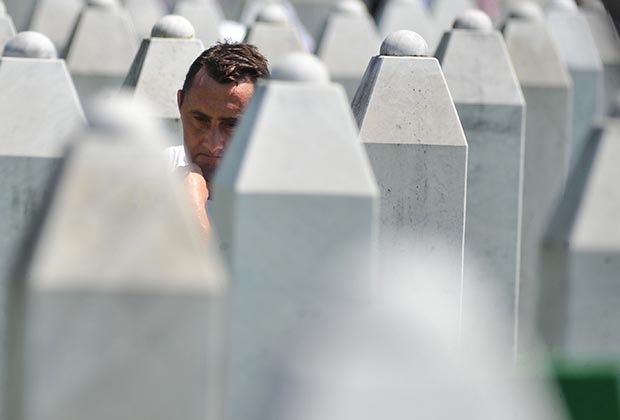 Husein Šljivo, 'Silence of a White Gravestone', Srebrenica / © Husein Šljivo
Husein Šljivo, 'Silence of a White Gravestone', Srebrenica / © Husein Šljivo
The photographic cycle of Husein Å ljivo is as large as the topic itself. The photographer contributes to the collective memory so that the crime never be forgotten; sad and tragic moments emerge as an artistic form, through the power of his photographic lens. It is precisely these kind of artworks that are the most important testimonies of tragedy in human history.
Comments
Add a comment